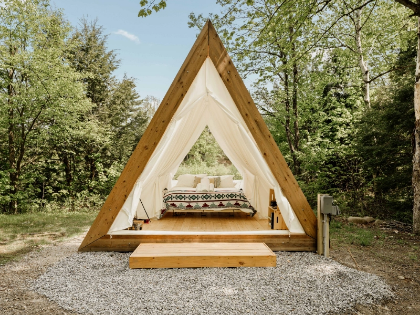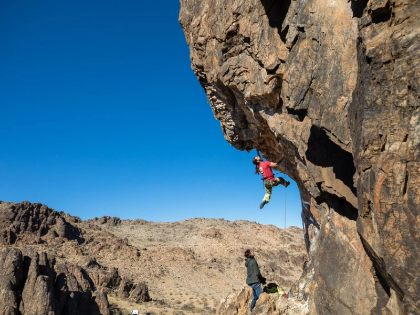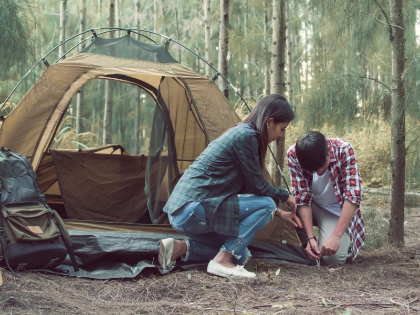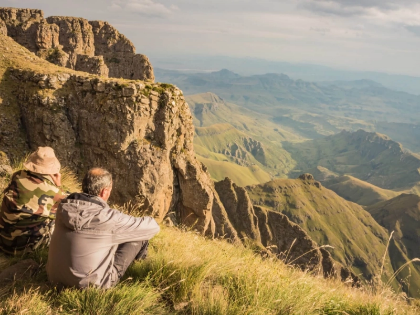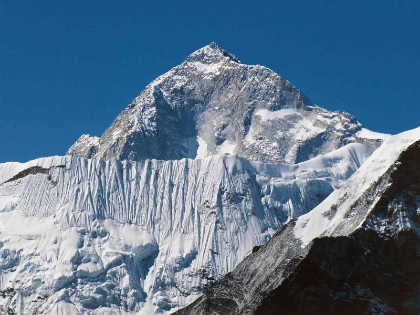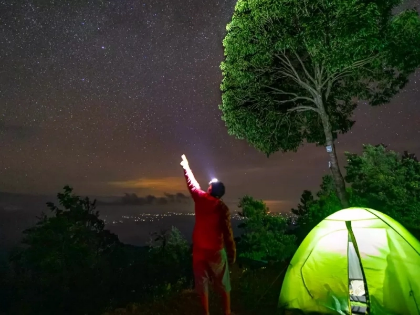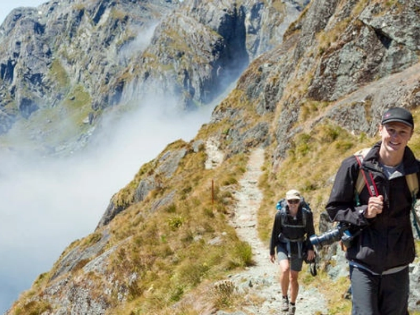Hiking develops the smaller stabiliser muscles as well as the legs and lungs. The uneven ground exercises the core muscles and balance.
Going outside also helps you get rid of the mental clutter that comes with living in the contemporary world. Hiking can make you more productive and change the way you see the world.
Hiking for the day

Advertisement
When most people think of "hiking," they think of day hikes. It includes picking a trail and trekking it till dusk. Hiking of this kind can take many forms, from an easy stroll in a city park to a four-hour ascent of a mountain. These hikes usually don't require any advance planning and don't include camping.
Foot trails are dirt paths that lead to a destination and are frequently used by hikers. These trails range from rough to flat in terms of difficulty, inclination, and topography. Hiking etiquette is crucial to comprehend and adhere to. It entails staying on the path, not playing music without headphones, not dropping dog excrement on the trail, and maintaining a safe distance from other hikers.
On a recognised nature trail, which is often paved and has educational signage describing the local flora, you can also go on a walk. These paths are excellent for novices or people with limited time because they are easy to get to from urban areas.
Extended Trekking
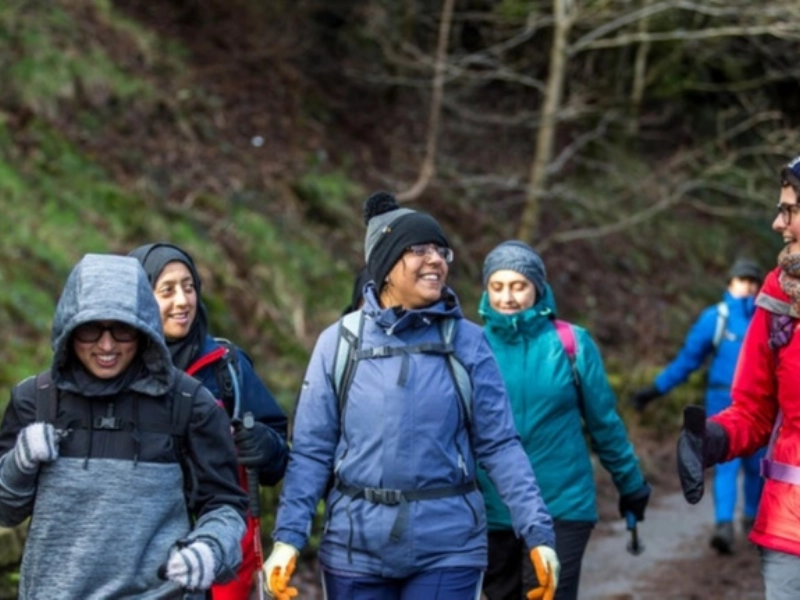
Long-distance hiking is a strenuous activity that needs a lot of planning, whether you're going to be hiking for a weekend in the Enchantments or embarking on a month-long journey along the Pacific Crest Trail. You must familiarise yourself with the terrain you'll be travelling over, train your body for endurance, and know your equipment inside and out.
Fortunately, public roads provide easy access to the majority of well-marked long-distance routes. They also provide lodging choices for overnight stays, such as tent sites and shelters.
Long-distance hiking is typically a once-in-a-lifetime activity for most people. They make a plan and choose a route that best meets their objectives, considering factors like their desired destination's season and degree of fitness. They might be classified as EABOS (Eastbounders), weBOS (Westbounders), NOBOS (North Bound Hikers), or SOBOS (South Bound Hikers) depending on their plans. Flip-floppers and section hikers also exist; they finish a trail in one direction, go back to the beginning, and repeat it in the opposite direction.
Hiking in Sections
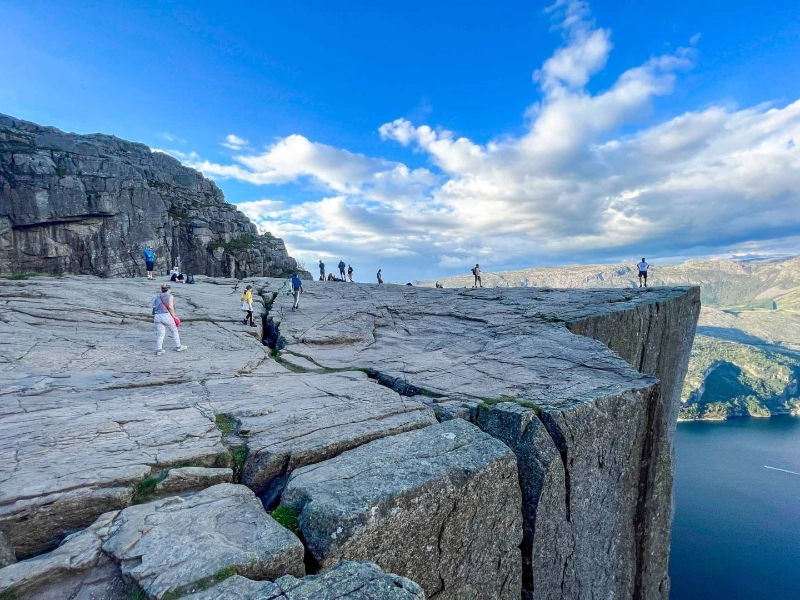
Although many hikers want to complete long trails—like the Pacific Crest Trail or the Appalachian Trail—not everyone has the time, money, or support to spend several weeks or months away from civilization. For these people, section hiking offers an opportunity to reap the rewards of long-distance backpacking without having to commit to a full-time hike.
For instance, to avoid resupplying on the route or having to pay high shuttle fees to return to the beginning of their next section, hikers can arrange many multi-day sections in succession and stay in trail hostels or bed and breakfasts between sections. Hikers can take as much time as they like to finish a lengthy path using this strategy, and they can still work, go to school, or take care of their family while hiking.
Being able to adjust to changing weather is another advantage of section hiking, as opposed to needing to begin the path early in the spring and complete it before the onset of winter. It's comparable to the well-known statement made by Desmond Tutu, "The best way to eat an elephant is one bite at a time."
City Hiking
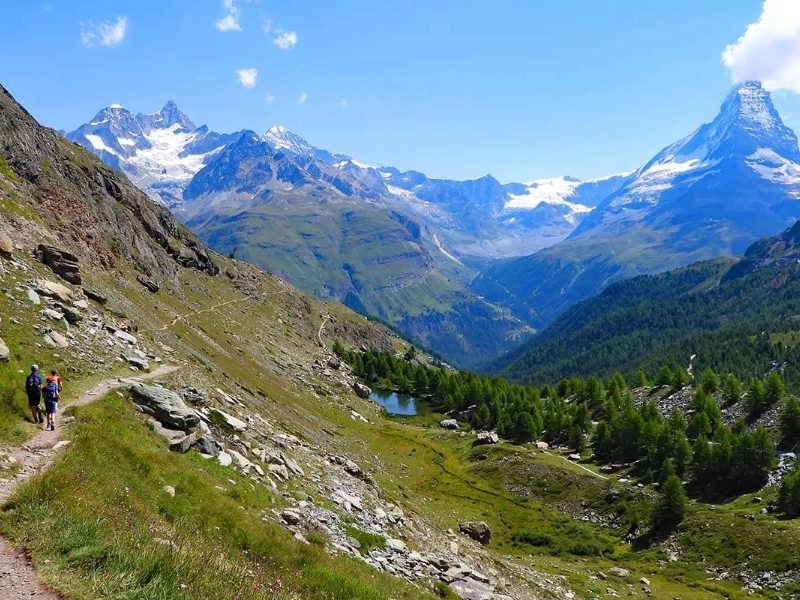
Urban hiking is becoming more and more popular as people look for local outdoor experiences. The purpose of these treks is to view the sights of a big metro area while getting a decent cardio workout on city trails, walkways, and bridges.
There is a broad range of distances available for these trips, so they can be as short or lengthy as desired. They can be done in a group or alone, and people frequently discover that going on frequent hikes in cities is a terrific way to get to know their friends.
Urban hikers often discover streets and parts of their own cities that they may not have otherwise known about. This is especially true for people who live in bigger cities, like New York, where strolling through Prospect Park in Brooklyn or trekking the High Line uncovers undiscovered green areas and stunning vistas. Along the journey, they come across local icons like the Georgia O'Keeffe or the IAIA Museum of Contemporary Native Arts in Albuquerque, and they also find themselves learning how to navigate the city's grid of streets.
Advertisement





